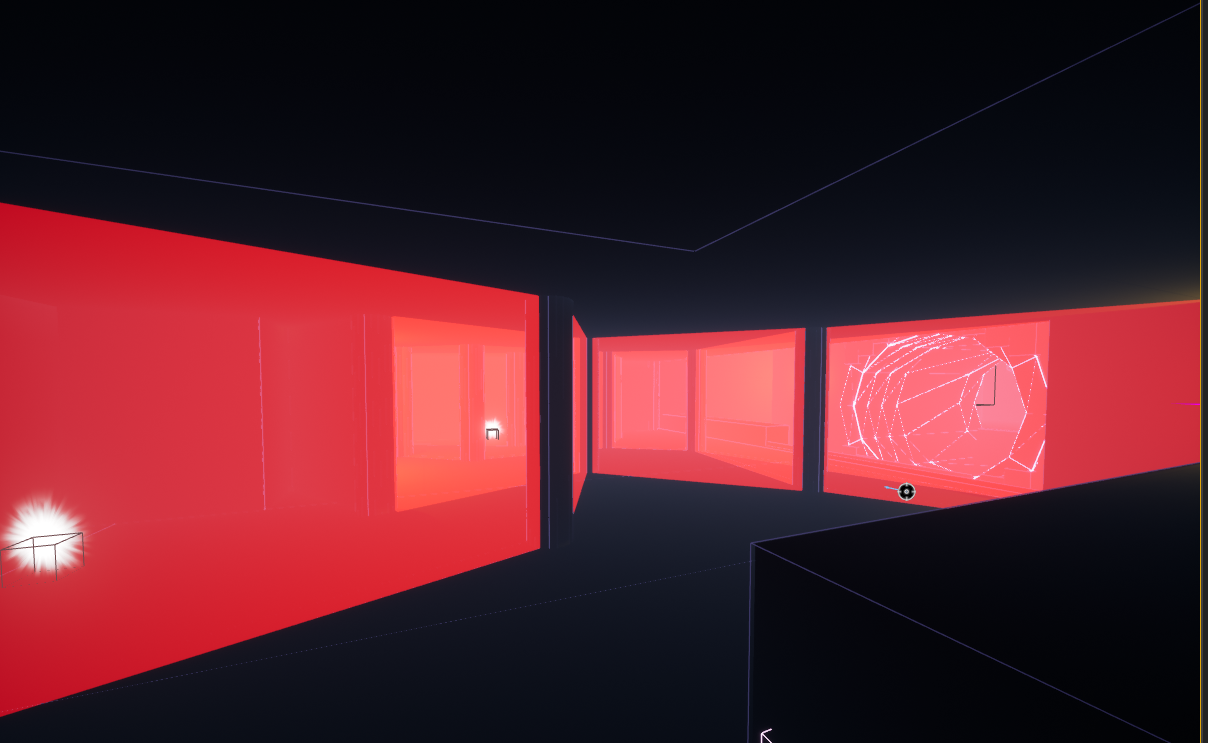Into The Sewers
The narrative of this level was exploring an alternate way into a castle by going through the sewer system.
The idea was to create pockets of save points and items with spaces. I wanted pathing to feel tight than to open up to big spaces, that was the goal of recreating an underground sewer-like system. Toxic water helps sell the space and keeps the player sticking to an intended path. It breaks up the corridors and adds visual interest.
Role: Level Design
Duration: 2 Weeks
Tools Used: Unreal Engine 4
Genre: Action Adventure
The basic research for this project stemmed from Dark Souls: Remastered. At this time, I had been playing it and wanted to create that invoked that sense of “tightness” similar to the Upper New Londo Ruins. Upon research, corridors, and environment art hid items for the player to loot. I noted I wanted to do something similar with either easy loot, environmental puzzle loot, or enemy surprise “jump scare” encounters. I researched a ton on Dark Souls guide maps and tried my best to create something like it. As a kid, I always found top-down level guides fascinating, so this was the first level design project I wanted to build something from the ground up this way.
The design process was as follows. I isolated the first floor and focused the duration of the two-week turnaround time on this area.
I started with 2d map, built from a blank template in the dungeon scrawl app. After the general flow was established, I brought this basic layout into photoshop and edited the level furthermore. Photoshop allowed me to populate the 2d map with a legend and even allowing space for the intended level beats to help show the design process.
Area 1: In the first atrium, starting inside at the bottom of a well, the player is incentivized to pick up the loot at the end of a pipe, this allows the player to see a giant enemy through the grate and allows the player to survey the area before they go to explore it.
Area 2: this area is the second atrium at the end of a trail of corridors, this also features a demi boss which isn’t noticeable until the player follows the path leading down to the boss battle. Up top, the ledge at the top of the ladder contains a key needed for the next level. This area could be easily missed which is something I regret putting in without context, Using narrative I would have been able to make it clear that this area was one that contained the key for the next level.
Area 3: contains an environmental puzzle that has invisible walls and one of them is correct. I felt this was a fitting challenge for the final area of the space before the next level. One interesting part about this area is it is connected to the first area’s atrium which is inaccessible until the player has reached the area 3 puzzle. This makes that demi boss an optional boss.
Looking back on the project, the biggest room for improvement is changing the space in the atriums to be accommodating for interesting environmental uses of the boss encounters. Though the focus was building a linear space I think utilizing the boss bottles to incorporate platforming or hiding could really help improve the pace of the level as a whole. I think another implementation that could help create interesting situations of navigation is creating a more complex platforming section and a section where the player must avoid being hit with spam projectiles.
Ideally given more time I would have loved to create different boss encounters, each with their own mechanics that utilize the environment to defeat each boss.
The biggest lesson from this project is the importance of elevation change within an environment. I originally had this area flat and built from a 2d map which I didn’t consider the change in height within the level. Once I got the feedback to give open space that had elevational change, that’s when the level came to life and made me pursue the elevation change in every space, no matter how important or complete I thought the overall space was, this made things interesting.
I am satisfied with the process of creating a 2d map and think the level benefited from the specific planning of events, pathing, and loot.








